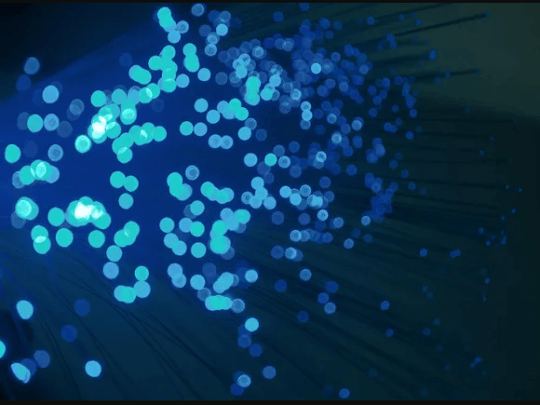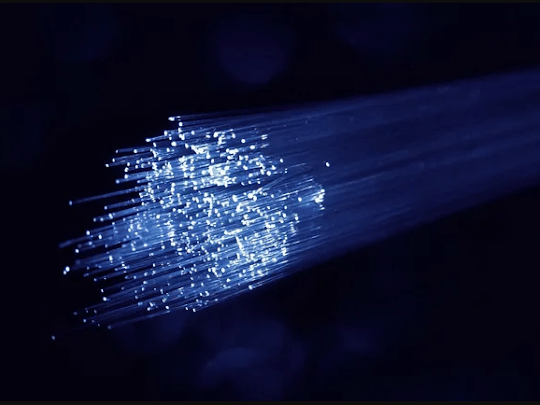Your Pictures Are Too Big!
![]() I was perusing a local electronics store the other day and found myself wandering down the camera isle. Since the transition from film to digital a decade ago people have stopped using silly things such as lens quality, light sensitivity, or optical zoom to pick out a camera. What matters now is megapixels. The manufacturers really want you to know how many megapixels their camera has. 10, 12, 18…one camera I looked at even boasted 24 megapixels! That’s pretty impressive!
I was perusing a local electronics store the other day and found myself wandering down the camera isle. Since the transition from film to digital a decade ago people have stopped using silly things such as lens quality, light sensitivity, or optical zoom to pick out a camera. What matters now is megapixels. The manufacturers really want you to know how many megapixels their camera has. 10, 12, 18…one camera I looked at even boasted 24 megapixels! That’s pretty impressive!
There’s one problem with rating cameras like this: What the heck is a megapixel?
Camera manufacturers know that the general public isn’t “techie”. If they start blurting out things like “Our product features a fully adjustable f-stop and aperture range on a 35-430mm lens” their customer’s eyes would glaze over. They needed some kind of rating to say “hey, this camera is better than that one.” The megapixel rating is what they latched onto, and now we have a megapixel war going on with new camera models.
So, what is a megapixel? A pixel is short for “picture element,” and it’s the smallest piece of a photo…essentially a dot. Mega refers to a million, so a megapixel means a camera can take a picture made of 1,000,000 dots. A 10 megapixel camera will take a picture with a resolution of 10,000,000 dots, and so on.
So, the higher the megapixel rating, the better the pictures then, right?
Not necessarily.
The quality of a photo mainly depends on the quality of the lens focusing light on the CCD (the “digital eye” the camera uses to process photos), and how accurately that CCD is able to translate the colors it sees into a digital image. The problem with high megapixel rated cameras is the pictures files they create are HUGE. A 15MP camera could easily take photos 5-10MB in size each. The first thing people like to do after they go on a photo-shoot rampage is post their work to the Internet, and that’s where the problems begin.
How to Optimize
When you go to a website, you want all the information to pop up fairly quickly. If you were reading a book and had to wait 20-30 seconds for the words on each page to fill in, you wouldn’t bother reading it, would you? The same goes with pictures on the Internet. Huge picture files take a long time to display, and if people have to wait, they’re not going to bother.
So, you have these giant photo files and you want to get them posted on the Internet. What’s the best way to do it?
Before posting any type of photo, you need to optimize it for the Internet…especially if you’re going to use it for a website. As a general rule, I like to keep my photos for websites well under 100K (as opposed to a 5000K, or 5MB directly from the camera). This will involve some simple editing.
Many websites will automatically adjust the size and resolution for Internet use. Some of the more popular free sites like Picresize or ShrinkPictures will make your photos more web friendly and allow you to resize as needed.
For more advanced editing, you’ll want to use some photo-editing software. Many cameras come with this type of software, or you can use 3rd party software such as Photoshop Elements .
Windows Vista and 7 actually updated MS Paint and made it a fairly useful editing tool. I use Paint all the time for quick edits and size adjustments. To learn how to adjust your photo files in MS Paint, check out this quick tutorial from Microsoft.
Finally, if you know you are going to be taking pictures to publish to the web, consider cutting down the quality settings on your camera. Some cameras (especially cell phone cameras) have a “web quality” setting that will automatically optimize files sizes for the Internet.
To get an idea of how long a large photo takes to load, check our our Internet Performance Test and choose the “Blue Angels” option under “Test Type”. This test will download a 4MB photo to your computer and calculate how long it takes to complete. Imagine every photo on your website loading like this! Optimize your pictures before placing them on the Internet and say NO to those ridiculous megapixels.
If you have any questions about optimizing your website, feel free to contact our expert Web Design Team . If photos aren’t slowing your site down, we can probably figure out the problem.








